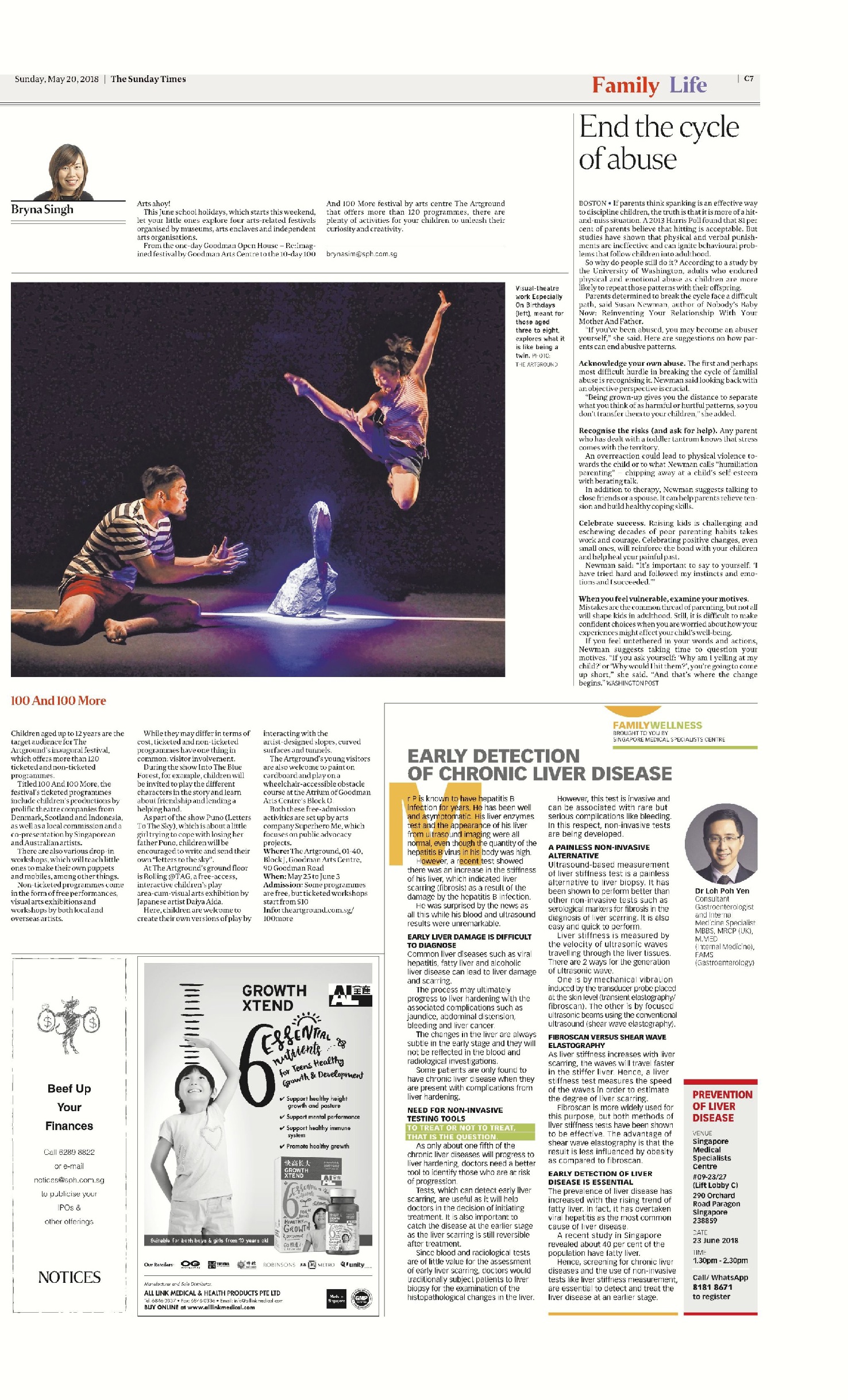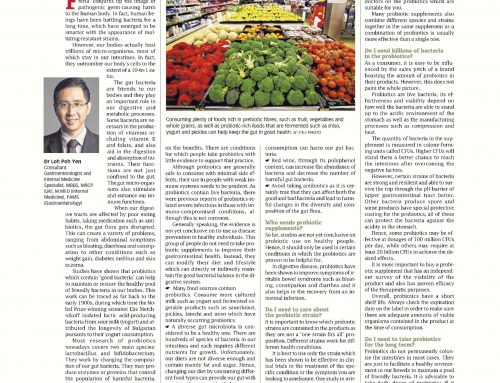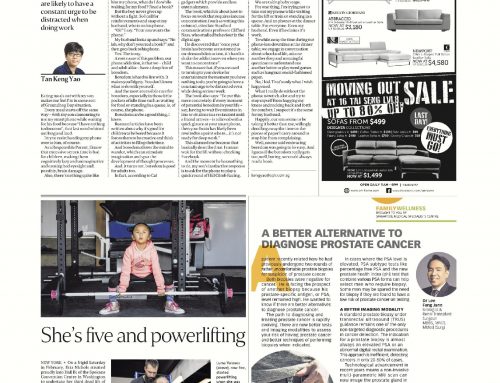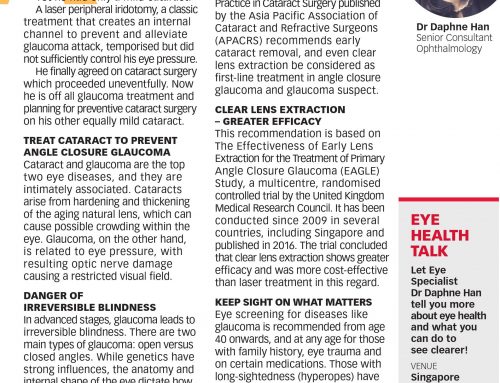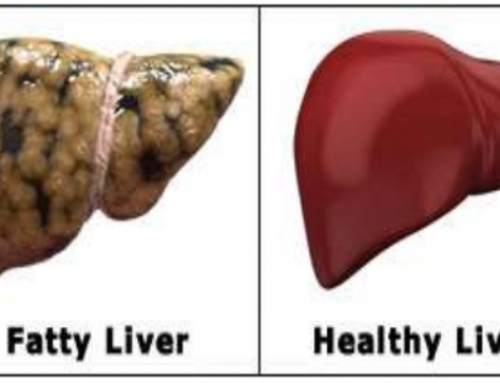Mr P is known to have hepatitis B infection for years. He has been well and asymptomatic. His liver enzymes test as well as the appearance of his liver from ultrasound imaging were all normal, even though the quantity of the hepatitis B virus in his body was high. However, a recent test showed there was an increase in the stiffness of his liver, which indicated liver scarring (fibrosis) as a result of the damage by the hepatitis B infection. He was surprised by the news as all this while his blood and ultrasound results were unremarkable.
Common liver diseases such as viral hepatitis, fatty liver and alcoholic liver disease can lead to liver damage and scarring. The process may ultimately progress to liver hardening with the associated complications such as jaundice, abdominal distension, bleeding and liver cancer. The changes in the liver are always subtle in the early stage and it won’t reflect in the blood and radiological investigations. Some of my patients were only found to have chronic liver disease when they presented with complications from liver hardening.
To treat or not to treat, that is the question. As only about one fifth of the chronic liver diseases will progress to liver hardening, doctors need a better tool to identify those who are at risk of progression. Tests which can detect early liver scarring are useful as it will help doctors in the decision of initiating treatment. It is also important to catch the disease at the earlier stage as the liver scarring is still reversible after treatment.
Since blood and radiological tests are of little value for the assessment of early liver scarring, traditionally doctors would subject patients to liver biopsy for the examination of the histopathological changes in the liver. However this test is invasive and can be associated with rare but serious complications like bleeding. In this respect, non invasive tests are being developed.
Ultrasound-based measurement of liver stiffness test is a painless alternative to liver biopsy. It has been shown to perform better than other non invasive tests such as serological markers for fibrosis in the diagnosis of liver scarring. It is also easy and quick to perform.
Liver stiffness is measured by the velocity of ultrasonic waves travelling through the liver tissues. There are 2 ways for the generation of ultrasonic wave, one is by mechanical vibration induced by the transducer probe placed at the skin level (transient elastography/ fibroscan), the other is by focused ultrasonic beams using the conventional ultrasound (shear wave elastography). As liver stiffness increases with liver scarring, the waves will travel faster in the stiffer liver. Hence, liver stiffness test is to measure the speed of the waves in order to estimate the degree of liver scarring. Fibroscan is more widely used for this purpose, but both methods of liver stiffness tests have been shown to be effective. The advantage of shear wave elastography is that the result is less influenced by obesity as compared to fibroscan.
The prevalence of liver disease has increased with the rising trend of fatty liver. In fact, it has overtaken viral hepatitis as the most common cause of liver disease. Recent study in Singapore revealed about 40 per cent of the population have fatty liver. Hence, screening for chronic liver diseases and the use of non invasive test like liver stiffness measurement, are essential to detect and treat the liver disease at an earlier stage.
Dr Loh Poh Yen
Consultant Gastroenterologist and Internal Medicine Specialist
Straits Times, Family Life, 20 May 2018, Sunday

